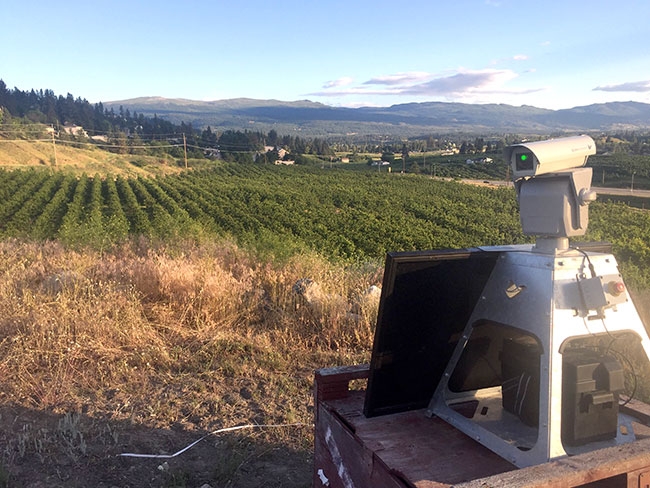
In the world of agriculture, pests and wildlife pose significant challenges to crop production. Birds, in particular, can wreak havoc on farms by feasting on freshly planted seeds and ripe fruits. Traditional scarecrows have been used for centuries to deter birds, but their effectiveness has always been limited. However, a new and innovative solution has emerged – Laser Scarecrows. In this article, we will delve into the fascinating world of laser scarecrows and how they are being studied to deter birds from fields.
Introduction
Birds have long been a nuisance for farmers worldwide. Their voracious appetites can result in substantial crop damage, leading to financial losses and reduced yields. Traditional scarecrows, with their static and predictable presence, have become less effective over time. Enter the era of laser scarecrows, a technological advancement that offers a promising solution to this age-old problem.
The Bird Problem in Agriculture
Birds are not inherently harmful to agriculture; however, when their numbers become overwhelming, they can decimate entire fields of crops. This is especially problematic in regions where bird populations are high or during critical stages of crop growth.
The Evolution of Scarecrows
Historically, scarecrows were simple effigies that stood in fields, often made of straw and old clothing. While they served their purpose to some extent, birds eventually grew accustomed to their presence and no longer considered them a threat.
Enter Laser Scarecrows
Laser scarecrows represent a leap forward in bird control technology. Instead of relying on physical objects, these devices use lasers to create moving, unpredictable patterns of light that mimic the presence of predators. Birds are naturally deterred by the unexpected movements and brightness.
How Laser Scarecrows Work
Laser scarecrows use a combination of lasers and precision optics to project beams of light across the field. These beams are strategically designed to cover a wide area and create a dynamic and unpredictable environment that birds find intimidating.
Advantages of Laser Scarecrows
- Highly Effective: Laser scarecrows have shown remarkable effectiveness in reducing bird damage to crops.
- Non-Harmful: Unlike traditional methods involving noise or chemicals, laser scarecrows do not harm the birds.
- Low Maintenance: They require minimal maintenance compared to physical scarecrows.
- Environmentally Friendly: Laser scarecrows have a lower environmental impact than some other bird control methods.
Field Studies and Research
Researchers are actively studying the effectiveness of laser scarecrows in real-world agricultural settings. Initial results are promising, with significant reductions in bird-related crop losses reported in many cases.
Environmental Impact
One concern with any new technology is its potential impact on the environment. Laser scarecrows are generally considered environmentally friendly, as they do not introduce harmful chemicals or loud noises into the ecosystem.
Farmer Adoption and Challenges
While the benefits of laser scarecrows are clear, there are challenges to widespread adoption. The cost of initial investment and concerns about technology reliability are among the factors farmers consider when deciding to implement this technology.
The Future of Bird Control
As technology continues to advance, we can expect further improvements in laser scarecrow technology. These innovations may make them even more effective and affordable, ultimately benefiting farmers worldwide.
Conclusion
Laser scarecrows offer a promising solution to the age-old problem of bird damage in agriculture. With their effectiveness, environmental friendliness, and potential for further development, they represent a significant step forward in modern farming practices.